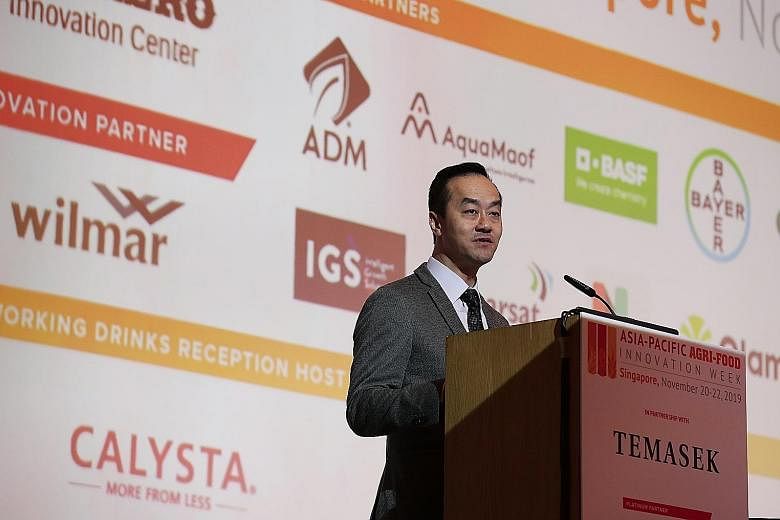Delaying the increase in MediShield Life premiums will only result in steeper hikes down the road to catch up with rising claims, Senior Minister of State for Health Koh Poh Koon said yesterday.
Premiums for the compulsory national health insurance scheme are determined by actuaries and based on both current claims and future commitments, he added. This is why total premiums collected are higher than current payouts.
"We are mindful of the impact of Covid-19, but we hope Singaporeans can understand that we need to keep MediShield Life sustainable," he said in a Facebook post.
The Ministry of Health (MOH) announced last month that MediShield Life is set to get a revamp next year, which would see premiums rise by up to a third.
The increase will pay for a wider range of benefits - such as raising the yearly claim limit from $100,000 to $150,000 - as well as rising healthcare costs. It is the first time that MediShield Life premiums will go up since the scheme was launched five years ago.
To cushion the impact of the premium increase, the Government will roll out a $360 million Covid-19 subsidy for the first two years.
Singaporeans will get a 70 per cent subsidy on the increase in the first year. This goes down to 30 per cent in the second year.
The net premium increase after subsidies will be limited to around 10 per cent in the first year, said Dr Koh.
The impending fee hike has sparked a strong reaction from the public. Some asked why pre-miums had to go up so soon after the scheme's launch, while others questioned the impact that the increase would have on private Integrated Shield Plans, which build upon what MediShield Life has to offer.
Many who wrote to The Straits Times Forum section called on the Government to do more to check rising healthcare costs, which they saw as the root of the problem. Suggestions included reining in the over-consumption of medical services and reviewing medical malpractice laws.
One reader pointed out that premiums collected under the scheme between 2016 and last year were more than double what was paid out in claims. Others proposed that MOH consider rewarding those who stay healthy with a "no-claims" bonus.
Over the past four years, MediShield Life paid out $3.5 billion for 2.3 million claims. It collected $7.6 billion in premiums during the same time period.
In his post yesterday, Dr Koh said total premiums are higher than current payouts because some diseases currently under treatment will require multi-year care. These include renal failure and cancer.
"Policyholders also pay more premiums during their working age, which are set aside for future premium rebates to moderate premium increases in their old age," he added.
"This goes some way in making premiums more affordable when we are older."
Going into the numbers, Dr Koh said the average incurred loss ratio of the MediShield Life fund from 2016 to last year was 104 per cent.
"This means premiums collected were slightly less than total monies required for current claims and future commitments," he said, noting that the Government paid for about 40 per cent of the premiums through subsidies for the lower-to middle-income and various other premium support.
Over the last four years, annual payouts under MediShield Life have increased by 40 per cent, said Dr Koh.
Meanwhile, the number of claimants has gone up by 30 per cent, while the average payout per claimant has gone up by 7 per cent.
The bulk of the premium increase is due to this and to rising healthcare costs, he added.
Addressing questions raised over higher premiums for older people, Dr Koh said it is expected for premiums to rise with age. This is because people are more likely to make claims as they get older.
Among those aged above 65, roughly one in six received MediShield Life payouts last year, he said. This is compared with about one in 30 for the rest of the population.
He noted that older people also tend to have more serious conditions that result in larger bills. In this older age group, the average payout per claim was $1,620, compared with $1,420 for the rest of the population.
The MediShield Life scheme is not-for-profit, he stressed, adding that premiums collected are placed in a fund and used solely to benefit policyholders and administer the scheme.
"We will continue to hold to our commitment that premiums will be affordable and no Singaporean will lose their MediShield Life coverage due to financial difficulties," Dr Koh said.



